
The McDonnell Douglas F-4 Phantom II, a titan of supersonic flight, effortlessly dominated the skies from its inception in the late 1950s to its valiant service across multiple warfronts.

This aircraft, with its distinctive profile and unparalleled versatility, has not only etched its name into the annals of military history but has also captivated the hearts of aviation enthusiasts and military strategists alike.

Designed initially for the U.S. Navy and later adopted by the Air Force and Marine Corps, the F-4 Phantom II was a tandem two-seat, twin-engine, all-weather interceptor that swiftly transitioned into a formidable fighter-bomber.
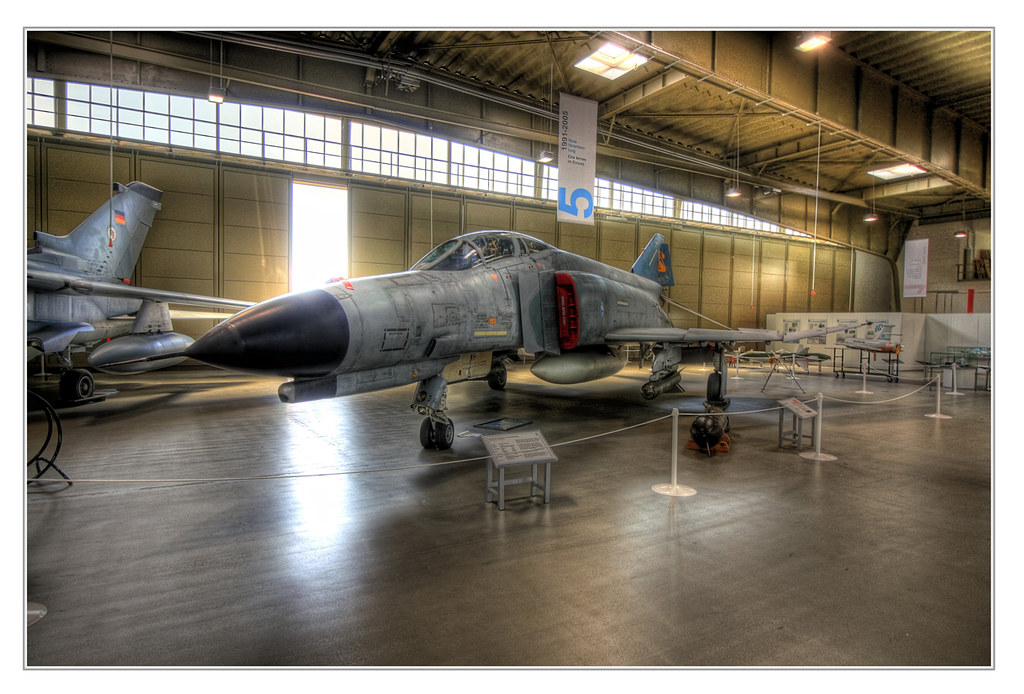
On May 27, 1958, the Phantom took its first flight and, despite early hydraulic issues, subsequent trials proved the aircraft’s superior capabilities, even achieving a carrier takeoff and landing on the USS Independence in 1960.

While the “fighter mafia” of the era pursued concepts for smaller and faster jets, leading to the creation of the F-16, the F-4 Phantom II followed a different design philosophy.
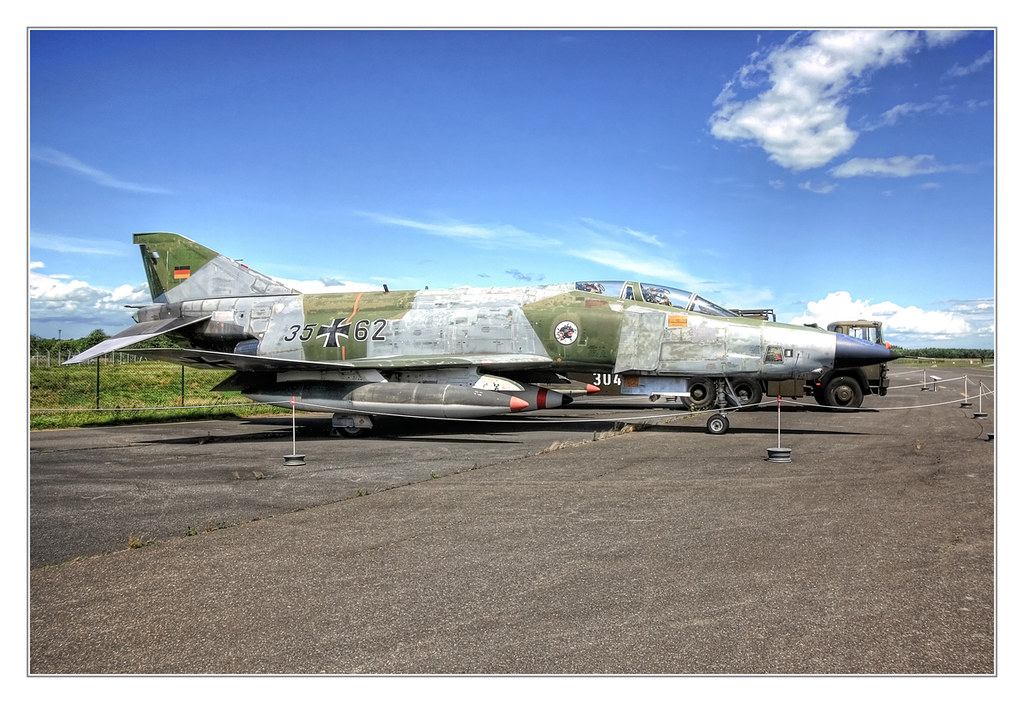
This heavyweight champion was not what one might call sleek, yet its raw power and adaptability made it the most feared aircraft during the Vietnam era. It claimed more aerial victories than any other U.S. fighter in that conflict, downing 280 enemy aircraft, a testament to its prowess in air-to-air combat.
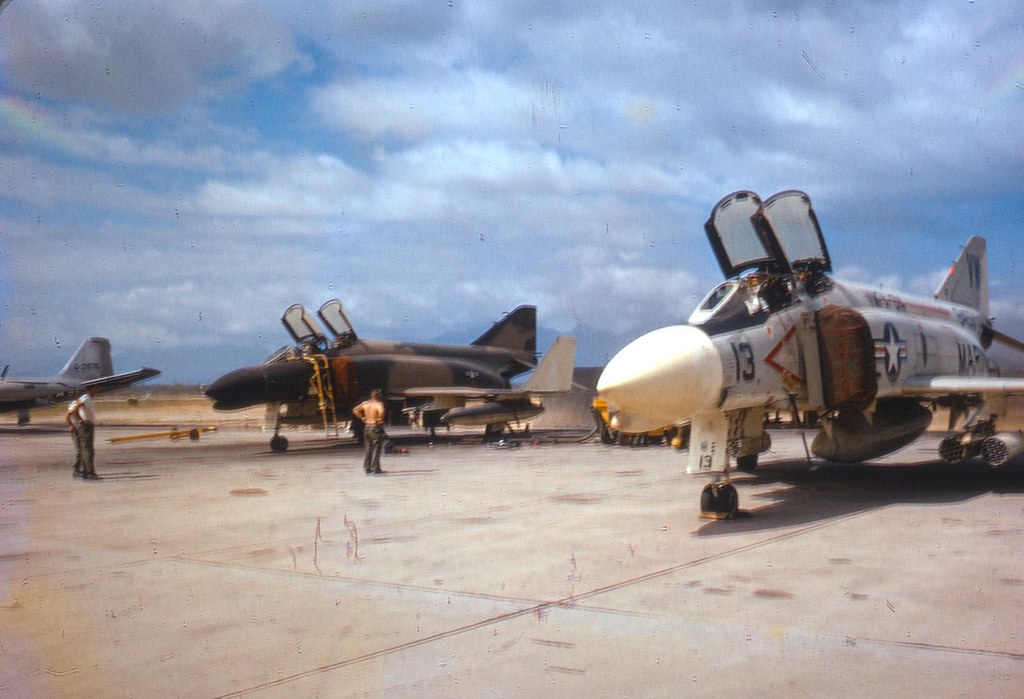
With a production span extending over two decades, the Phantom became the most produced supersonic fighter in U.S. history, totaling 5,195 units. The Phantom II, distinguished by its J79 twin engines, broke multiple speed and altitude records, including a world record climb to 98,557 feet in 1959 and a then-world speed record of 1,606 mph in 1961.
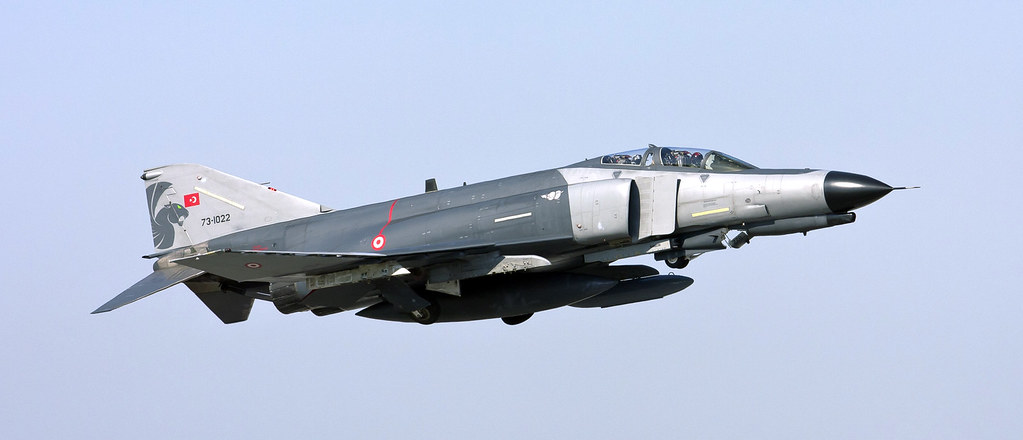
Its advancements were not only in speed but also in firepower and avionics. The F-4E model brought significant improvements, adding an M61 Vulcan rotary cannon and leading-edge slats for enhanced maneuverability, affirming the Phantom’s role as a dogfighter. These upgrades extended the Phantom’s service life and efficacy, even past its successor, the F-15 Eagle, in some aspects.
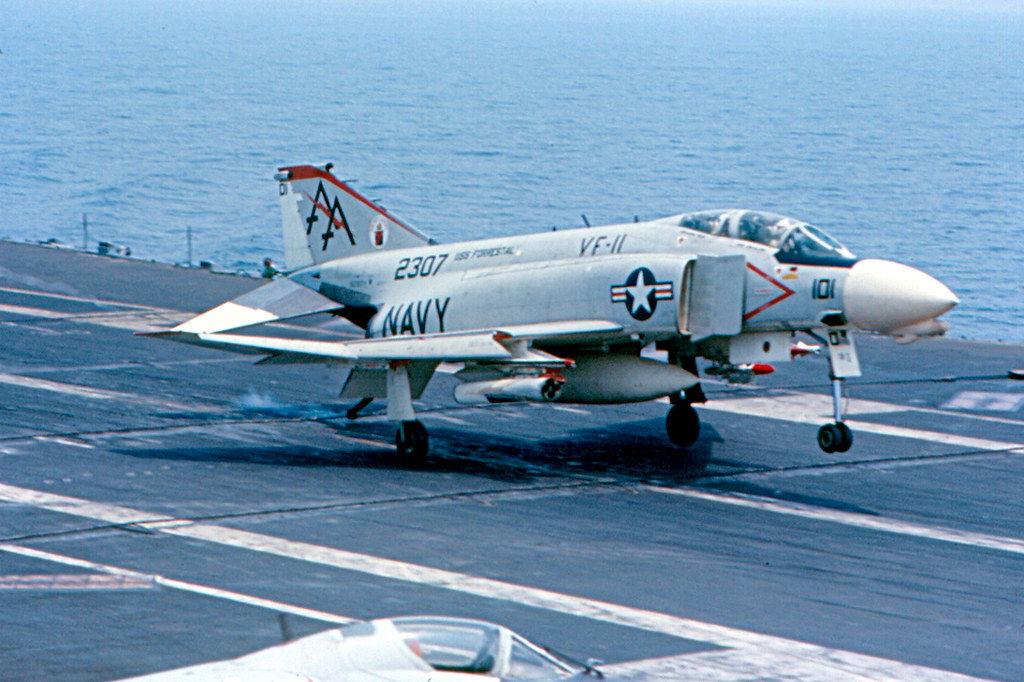
The aircraft’s universal application across multiple branches of the U.S. military, thanks to Secretary of Defense Robert McNamara’s push for a standardized fighter, was unparalleled.
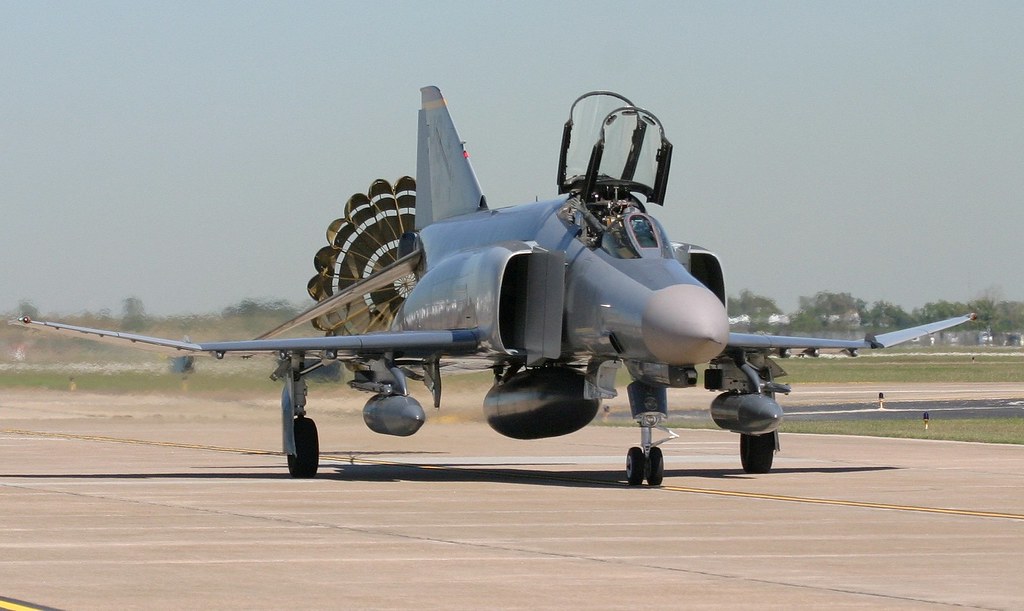
This uniformity facilitated cross-branch operation and led to significant cost savings. It also meant that the F-4 was widely used in combat well into the 1990s, including in Operation Desert Storm for reconnaissance missions.
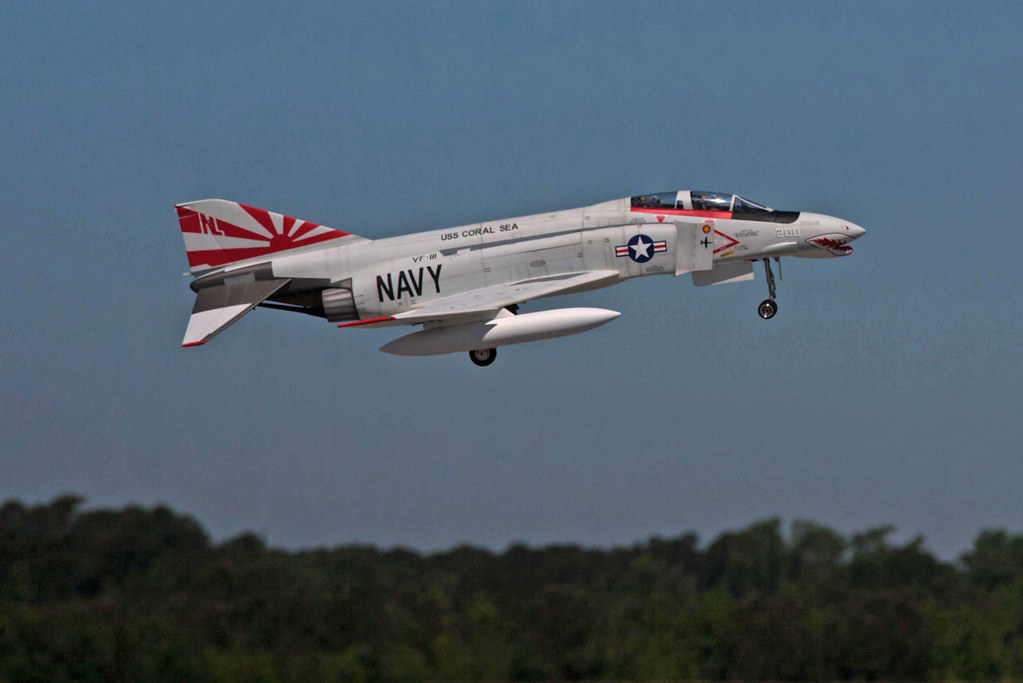
The Phantom’s global impact is underscored by its service in the air forces of 11 foreign militaries, including extensive combat use by Israel in the Yom Kippur War and by Iran in the Iran/Iraq War. Turkey, as a NATO member, also utilized the F-4, predominantly in missions against Kurdish PKK bases.
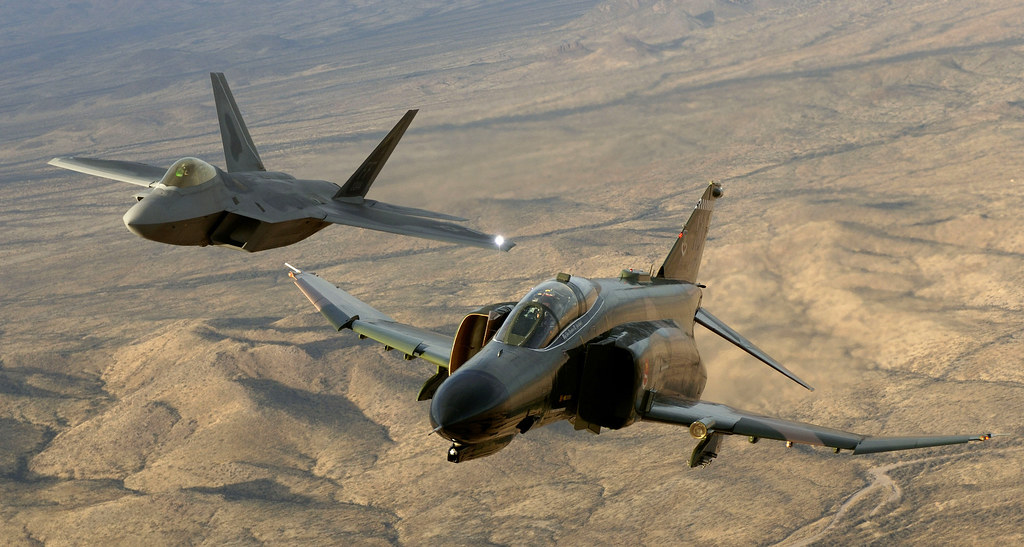
Despite its many accolades, the F-4 Phantom II was not without its issues. Early models experienced mechanical challenges, such as leaks in internal wing-mounted fuel tanks and aileron control problems.

The aircraft’s engines also emitted a noticeable smoke trail, a disadvantage in stealth operations that was eventually mitigated. Maintenance demands were high, and the cockpit’s design left room for improvement.

Nonetheless, the F-4 Phantom II remains an emblem of aerial might. It is a testament to American engineering, with a design that, despite its monikers “double ugly” and “flying brick,” stands as a symbol of intimidating beauty in the eyes of many. Its current role, serving nations like Iran, South Korea, Greece, and Turkey, underscores the enduring value of this indomitable aircraft.
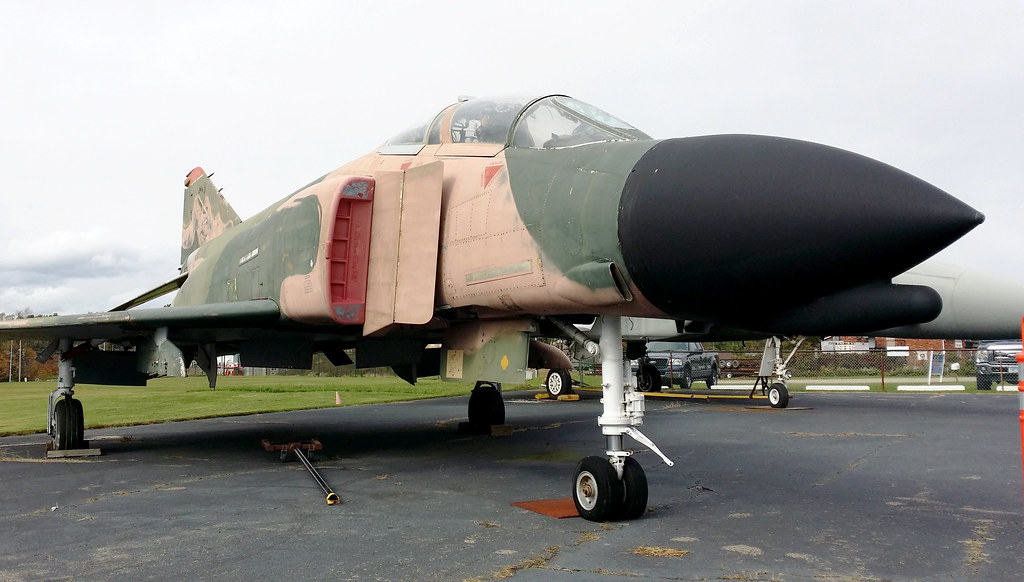
As the Phantom’s days of active service wane, its legacy continues to soar, a narrative of innovation, adaptability, and a bygone era when speed and firepower ruled the skies. It is not just an aircraft; it is a piece of living history, illustrating the ever-evolving nature of military aviation and its profound impact on global defense strategies.
Relevant articles:
– How the F-4 Phantom II became the best-selling supersonic fighter in US history, ig.space
– Everything You Need To Know About The McDonnell Douglas F-4 Phantom II Fighter Jet, Simple Flying
– McDonnell Douglas F-4 Phantom II, HowStuffWorks
– March Field Air Museum In Riverside, CA, March Field Air Museum

